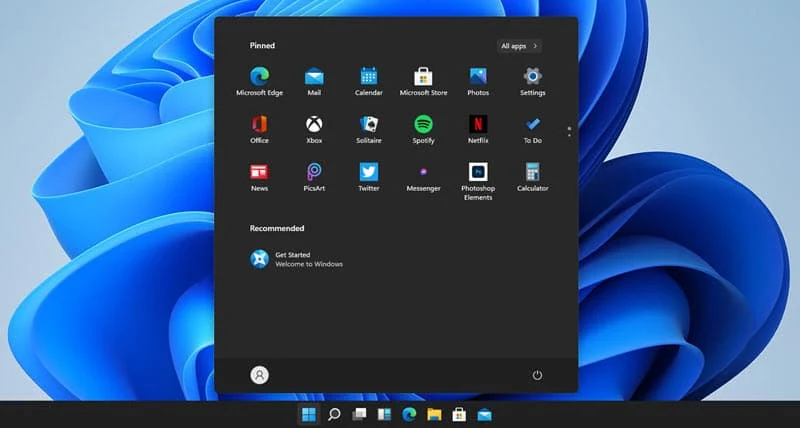Microsoft officially announced Windows 11 on June 24, 2021. The company also said that Windows 11 will be available to all supported Windows 10 devices as a free upgrade later this year. The new operating system comes with a revamped UI, multi-tasking improvements, better security, and more.
If you are planning to upgrade your system to Windows 11, Microsoft detailed the minimum system requirements to install Windows 11. Unless you meet these requirements, you won't be able to upgrade to Windows 11. Continue to read more.

Minimum system requirements to install Windows 11
- Windows 11 will require 1 gigahertz (GHz) or a faster processor with 2 or more cores on a compatible 64-bit system or System on a Chip (SoC).
- It will require a minimum of 4 GB RAM, and 64 GB or larger storage device.
- DirectX 12 compatible graphics / WDDM 2.x.
- UEFI/Secure Boot
- Trusted Platform Module (TPM) version 2.0*
- High definition (720p) display that is greater than 9” diagonally, 8 bits per color channel.
- Windows 11 Home edition requires internet connectivity and a Microsoft account to complete device setup on first use.
- Switching a device out of Windows 11 Home in S mode also requires internet connectivity.
- For all Windows 11 editions, internet access is required to perform updates and to download and take advantage of some features.
*Trusted Platform Module (TPM) is a big factor in order to get Windows 11 on your system. Though you will meet most of the other minimum requirements, the unavailability of TPM may block getting Windows 11.
To check if your current Windows 10 PC is eligible for the free upgrade to Windows 11, visit Windows.com to download the PC Health Check app.
Stay tuned to this page to know how to download Windows 11 once it is available.





